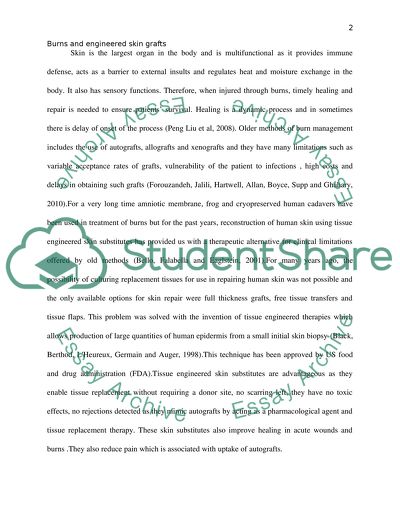Cite this document
(“Burns and Engineered Skin Grafts Research Paper”, n.d.)
Burns and Engineered Skin Grafts Research Paper. Retrieved from https://studentshare.org/health-sciences-medicine/1438136-burns-and-engineered-skin-grafts
Burns and Engineered Skin Grafts Research Paper. Retrieved from https://studentshare.org/health-sciences-medicine/1438136-burns-and-engineered-skin-grafts
(Burns and Engineered Skin Grafts Research Paper)
Burns and Engineered Skin Grafts Research Paper. https://studentshare.org/health-sciences-medicine/1438136-burns-and-engineered-skin-grafts.
Burns and Engineered Skin Grafts Research Paper. https://studentshare.org/health-sciences-medicine/1438136-burns-and-engineered-skin-grafts.
“Burns and Engineered Skin Grafts Research Paper”, n.d. https://studentshare.org/health-sciences-medicine/1438136-burns-and-engineered-skin-grafts.


